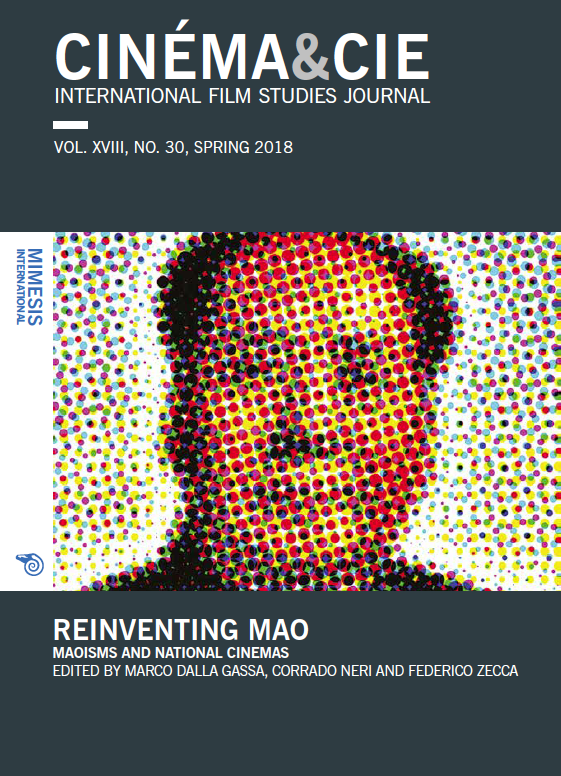What’s Chairman Mao Got to Do with It? Nostalgia, Intertextuality and Reconstructing Revolutionary Myth in Tsui Hark’s The Taking of Tiger Mountain by Strategy
Abstract
Tsui Hark’s 2014 lm The Taking of Tiger Mountain by Strategy (Zhiqu weihushan) is the latest in a long line of adaptations of Qu Bo’s historical novel Tracks in the Snowy Forest (Linhai xueyuan), one of the most canonized and adapted revolutionary works in the 1950s and 1960s. This essay seeks to trace the success of Tsui’s remake to its melodramatic recon guration of history, memory and nostalgia. Speci cally, it investigates the ways in which the lm undercuts the reverential Maoist revolutionary discourse inherent in the original source material by modeling on the wuxia (martial arts) paradigm. In addition, the essay argues that by bookending the 1946 war story with a 2015-set prologue and epilogue, Tsui’s adaptation presents the audiences with an exquisite example of how memory invokes and re-presents the past, and ultimately points to the ctionality of the reconstructed past. Finally, the essay focuses on the lm’s self- consciously simulacral status, and argues that Tsui is motivated by a desire to address the prevailing social climate of excessive commercialization and moral decay in contemporary China, and his retelling of a revolutionary tale is deeply implicated in nostalgic longing for idealism of a bygone era.






